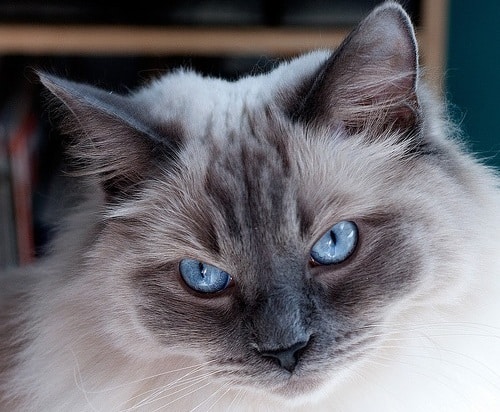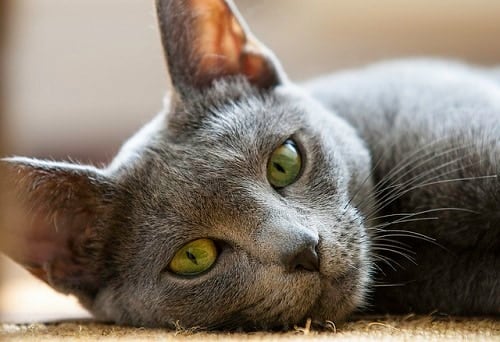
-
Find the right food for your petTake this quiz to see which food may be the best for your furry friend.Find the right food for your petTake this quiz to see which food may be the best for your furry friend.Health CategoryFeatured products
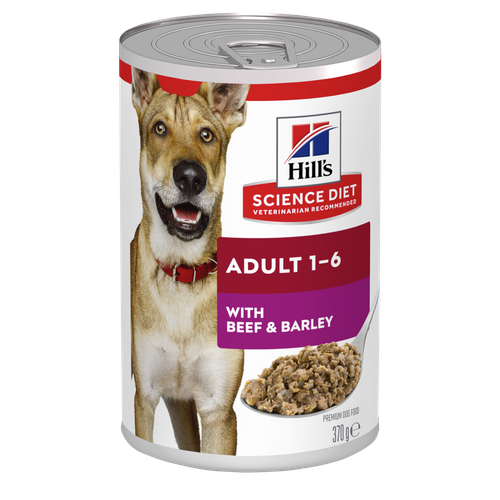 Adult with Beef & Barley Dog Food
Adult with Beef & Barley Dog FoodBeef & Barley recipe with precisely balanced nutrition to keep Adult dogs active and healthy
Shop Now Adult with Turkey Wet Dog Food
Adult with Turkey Wet Dog FoodTurkey & Barley recipe with precisely balanced nutrition to keep Adult dogs active and healthy
Shop Now Adult with Chicken & Barley Wet Dog Food
Adult with Chicken & Barley Wet Dog FoodChicken & Barley recipe with precisely balanced nutrition to keep Adult dogs active and healthy
Shop NowFeatured products Adult Chicken & Spinach Casserole Cat Food
Adult Chicken & Spinach Casserole Cat FoodWith delicious chunks in a decadent gravy
Shop Now Adult 7+ Tender Tuna Dinner Cat Food
Adult 7+ Tender Tuna Dinner Cat FoodWith delicious chunks in a decadent gravy
Shop Now Sensitive Stomach & Skin Chicken & Beef Dinner
Sensitive Stomach & Skin Chicken & Beef DinnerGourmet daily nutrition, carefully made. Tasty chunks with chicken & beef in a decadent gravy. Supports digestive health, nourishes skin and promotes a lustrous fur.
Shop Now -
DogCat
- Cat Tips & Articles
-
Health Category
- Weight
- Skin & Food Sensitivities
- Urinary
- Digestive
- Kidney
- Dental
- Serious Illness
-
Life Stage
- Kitten Nutrition
- Adult Nutrition
Featured articles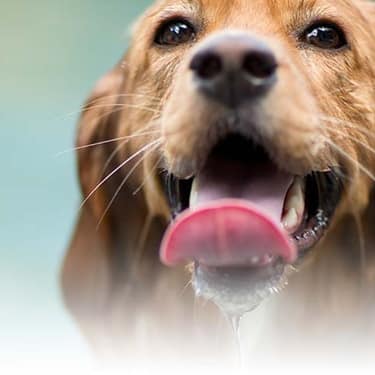 Water
WaterWater is the most important nutrient of all and essential for life. Animals can lose almost all their fat and half their protein and still survive, but if they lose 15% of their water, it will mean death.
Read MoreHill's Australian Bushfire EffortsRead More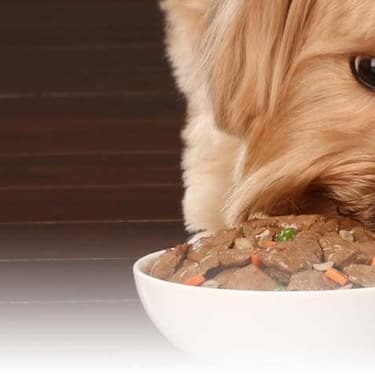 Pet Food Storage Tips
Pet Food Storage TipsWhere you store your cat and dog food can make a big difference in the quality and freshness once it is opened. Here are some common questions and recommendations for optimal storage for all of Hill’s dry and canned cat and dog food.
Read More -


When you're a pet parent, your space is no longer your own, which means you have to carefully consider a cat that's best suited for your lifestyle as well as your living space. If you live in a small space, it's important to know what the best cats for apartments are.
Some cats thrive in smaller environments (and it's not always dependent upon the size of the cat), and others, such as those with an abundance of energy, will be happier in larger spaces.
The following breeds make great apartment cats, but be sure that the feline friend you choose is compatible with you in other ways, too.
Small Living Spaces
If you and your fur baby will be living in close quarters, look for a cat with an easy-going temperament that is content to be close to her pet parent all the time.
Persians, one of the most popular cat breeds, according to the Cat Fanciers' Association, make great apartment cats because of their gentle, easy-to-adapt personality. If you entertain in your pad, a Persian will go with the flow and won't harass your guests. However, with Persian's, you may want to budget for higher-than-average veterinary expenses as this breed tends to have health issues. The Ragdoll is also a good choice because, although a large cat, she's sociable and laid-back, which means she won't get cranky if you're always around. A short-haired option is the Burmese; she's friendly and gets along well with kids and dogs.
Medium to Large Living Spaces
High-energy cats need room to run around, and cats requiring solitude also prefer spacious living quarters that afford them "me time." A fun and loyal breed is the Siamese (but she's a super scratcher, so look into some DIY scratching post ideas.) Because she's a vocal cat, a larger living space works best with her to keep the noise level down. Other active breeds that thrive in larger spaces are the Russian Blue, that love to play fetch, and the Bengal, a chatty cat that stays high-energy throughout her life — and looks like a leopard!


Tasty Tips
Adopting a Cat from Shelter
Check with your local shelter on the breeds and types of cats they have. While some purebreds can be more predictable in their nature, adopting a mixed-breed cat can be just as advantageous, and usually with fewer hereditary medical conditions. Often they will exhibit the characteristics of their more dominant breed, but the nice part is that you can really see how the cat interacts in certain spaces. Cats at shelters are often placed in larger rooms for exercise and play. You can see how she interacts with the space to get a better feeling of how she would engage at your place. If she tends to stay close to the walls and hides out in sheltered places, she is probably more suited to a smaller apartment where she feels comfortable. However, if you see her zooming all around the room and climbing on things, she has an adventurous spirit and would probably love the space to spread out and explore a large home. No matter what cat you decide to adopt, you can help her adapt to her surroundings by providing her with the essentials.
Preparing Your Place for a Cat
A loft-style apartment with plenty of windows gives your cat many opportunities for running, jumping and gazing out the window. If your apartment is small and cozy, she'll find plenty of places to curl up and snooze. No matter what the square footage, your cat will need a private domain (and so will you). As VetStreet points out, cats love small spaces where they can snuggle up and feel secure, and if your apartment is large, it's especially important to provide your cat with spots she can call her own. Try a strategically placed cardboard box or two, a corner of your closet or under a table or bed.
Pay special attention to the number of cat-accessible windows in the space. If the apartment doesn't have many windows, a balcony or patio door makes a great cat-viewing space, too. (For your cat's safety, secure all screens including patio doors to ensure that she won't fall or escape). If the windows or doors look out onto a busy street or a green space filled with trees, flowers and birds, you've hit the cat jackpot!
Non-carpet flooring, such as hardwood, is easier to keep pet hair-free but requires frequent sweeping. If you go this route, be sure to provide your kitty with plenty of soft sleeping spaces in the apartment. For example, invest in a plush sofa, love seat or chair (big enough to accommodate you and your cat, of course). Your fur baby will share your bed with you, which means you must invest in big fluffy pillows and piles of blankets.
Before signing on the dotted line, confirm with the landlord that the apartment really is a pet-friendly place. Read the fine print on the lease agreement to see what your responsibility is as a pet owner. Many landlords and leasing agencies require an additional "pet security deposit" for any potential mishaps, and you don't want to be hit with any surprises down the road.
By considering what living space works best for your lifestyle and what the best cats for apartments are, you and your furry roommate will live happily ever after!


Christine O'Brien is a writer, mom, and long-time cat parent whose two Russian Blues rule the house. Her work also appears in Care.com, What to Expect, and Fit Pregnancy, where she writes about pets, pregnancy, and family life. Find and follow her on Instagram and Twitter @brovelliobrien.
Related products

With delicious chunks in a decadent gravy

With delicious chunks in a decadent gravy

Gourmet daily nutrition, carefully made. Tasty chunks with chicken & beef in a decadent gravy. Supports digestive health, nourishes skin and promotes a lustrous fur.

With delicious chunks in a decadent gravy
Related articles
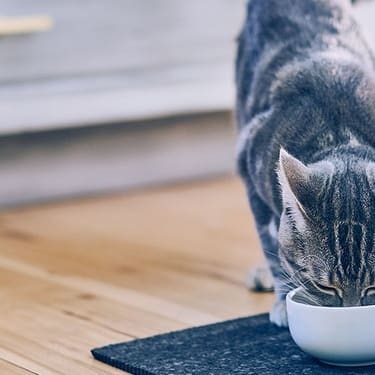
Good nutrition is about the right balance of nutrients. Learn more about health issues when feeding a cat food that has an improper nutritional balance from your friends at Hills Pet Nutrition.
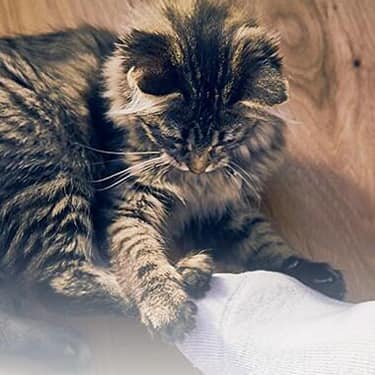
Discover which cat toys games your feline friend might like, and how they are great sources of exercise. Explore our library of articles to learn more.
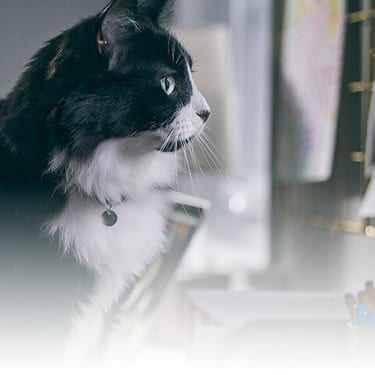

Are you looking to get your cat more active? Does she constantly look bored? Then you may want to consider using a food-dispensing (also known as treat-dispensing) cat toy, which provides both physical and mental stimulation during snack times.
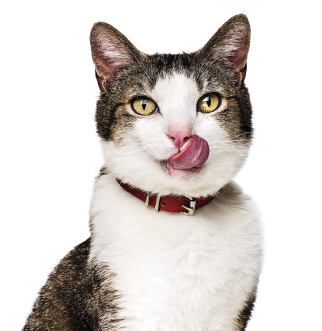
Put your cat on a diet without them knowing
Our low calorie formula helps you control your cat's weight. It's packed with high-quality protein for building lean muscles, and made with purposeful ingredients for a flavorful, nutritious meal. Clinically proven antioxidants, Vitamin C+E, help promote a healthy immune system.
Put your cat on a diet without them knowing
Our low calorie formula helps you control your cat's weight. It's packed with high-quality protein for building lean muscles, and made with purposeful ingredients for a flavorful, nutritious meal. Clinically proven antioxidants, Vitamin C+E, help promote a healthy immune system.


